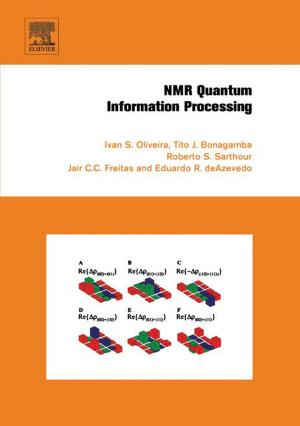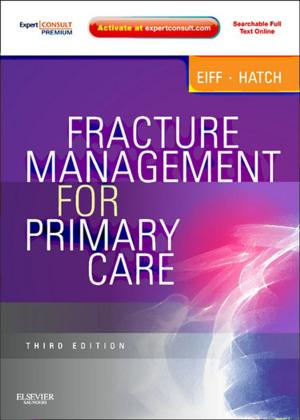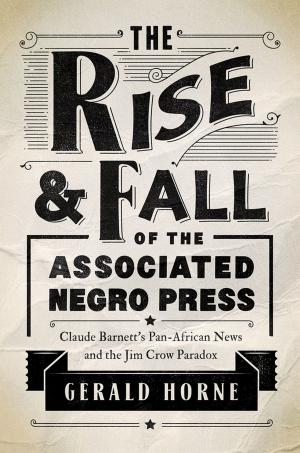Grave Words: Notifying Survivors about Sudden, Unexpected Deaths
Nonfiction, Health & Well Being, Medical, Reference| Author: | Kenneth Iserson | ISBN: | 9781883620202 |
| Publisher: | Kenneth Iserson | Publication: | December 23, 2011 |
| Imprint: | Smashwords Edition | Language: | English |
| Author: | Kenneth Iserson |
| ISBN: | 9781883620202 |
| Publisher: | Kenneth Iserson |
| Publication: | December 23, 2011 |
| Imprint: | Smashwords Edition |
| Language: | English |
Everyone dreads having to notify survivors about sudden deaths. Yet healthcare, law enforcement, fire service, religious and military personnel must often take on that task—often with little or no formal training. Grave Words helps lessen notifiers’ stress by providing them with detailed protocols for nearly every death-notification situation, explanations about how to employ these protocols, and illustrative stories that provide a context for when and why they should be used.
Grave Words also includes:
How to make telephone notifications.
When to use the “D” words: death, died, and dead.
How to tell children, parents, and disaster survivors about deaths.
Typical questions survivors ask, and some answers.
Various religions’ death rites and attitudes toward death.
How to identify grief reactions.
When survivors should view the body.
How and when to follow up with survivors.
How to deal with the media after a death.
How to effectively teach death notification skills.
“Helpful” phrases to use when talking with survivors.
“Unhelpful” phrases to avoid when talking with survivors.
Bereavement resources.
Support group information.
A death-notification course outline.
Specific protocols for emergency and obstetric departments, critical care and trauma units, prehospital care (EMS), police, chaplains and social workers, military, schools, prisons, and after disasters.
As one reviewer wrote, “This book made the ‘light go on.’” Another wrote, “What a terrific resource! Practical, forthright, and sensitive. A critical resource.”
Everyone dreads having to notify survivors about sudden deaths. Yet healthcare, law enforcement, fire service, religious and military personnel must often take on that task—often with little or no formal training. Grave Words helps lessen notifiers’ stress by providing them with detailed protocols for nearly every death-notification situation, explanations about how to employ these protocols, and illustrative stories that provide a context for when and why they should be used.
Grave Words also includes:
How to make telephone notifications.
When to use the “D” words: death, died, and dead.
How to tell children, parents, and disaster survivors about deaths.
Typical questions survivors ask, and some answers.
Various religions’ death rites and attitudes toward death.
How to identify grief reactions.
When survivors should view the body.
How and when to follow up with survivors.
How to deal with the media after a death.
How to effectively teach death notification skills.
“Helpful” phrases to use when talking with survivors.
“Unhelpful” phrases to avoid when talking with survivors.
Bereavement resources.
Support group information.
A death-notification course outline.
Specific protocols for emergency and obstetric departments, critical care and trauma units, prehospital care (EMS), police, chaplains and social workers, military, schools, prisons, and after disasters.
As one reviewer wrote, “This book made the ‘light go on.’” Another wrote, “What a terrific resource! Practical, forthright, and sensitive. A critical resource.”















